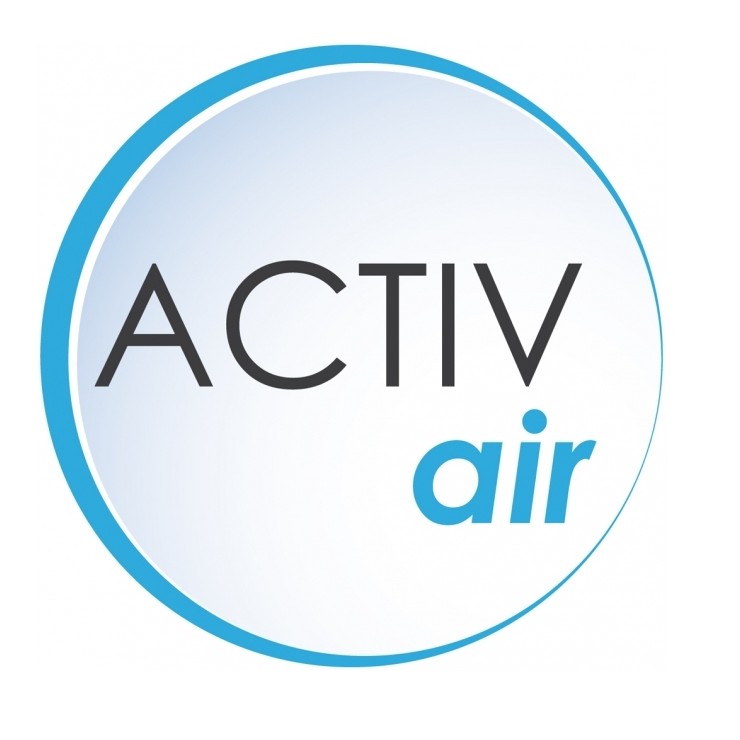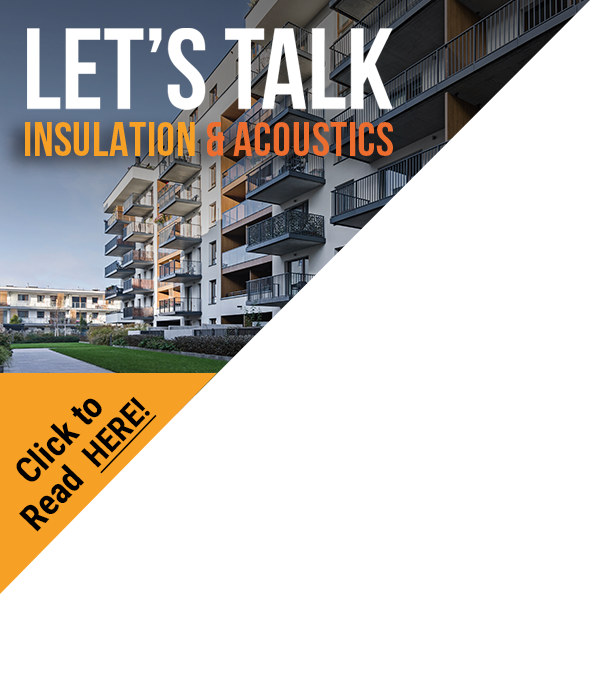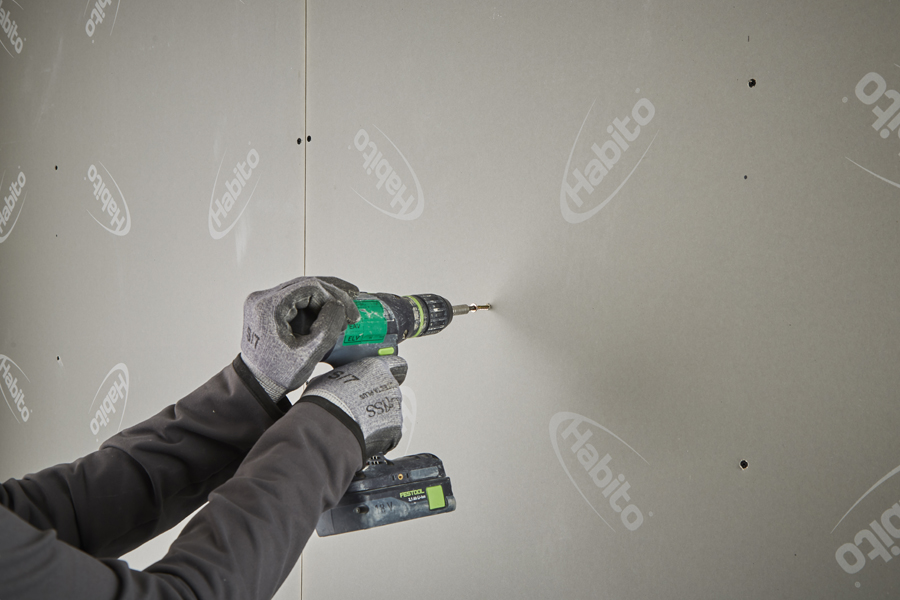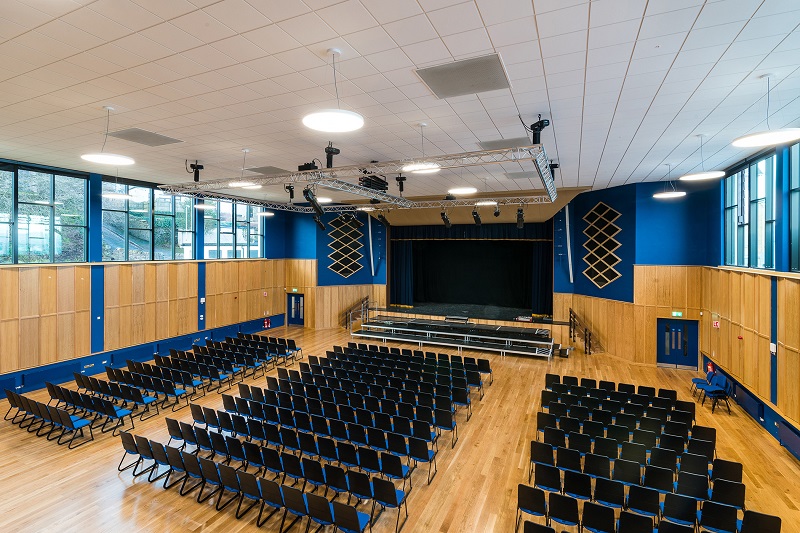
The average person spends 80% of their time indoors, but it is often taken for granted that the air we breathe is clean and pollutant free.
With this in mind, Paul Campbell, Commercial Sector Manager at British Gypsum, takes a look at the importance of air quality for building projects and the latest solutions that can help.
Volatile organic compounds (VOCs) are chemicals emitted as gases into the atmosphere from sources, such as new furnishings and cleaning products, and can, in high doses, contribute to health issues in both children and adults.
For example, formaldehyde, a common VOC, has been linked to increased risk of headaches, lethargy, asthma attacks and allergic reactions by the World Health Organisation (WHO). These impurities can cause health problems and a reduction in general wellbeing. With indoor spaces becoming more airtight to optimise energy efficiency, air quality is becoming a key challenge in building projects.
When it comes to improving the air quality in buildings, the most common method is to ensure the ventilation is adequate. Although this is still an essential component of the air quality equation, when it comes to eliminating VOC concentrations, ventilation is not always very effective. In fact, studies have shown that ventilation systems alone only reduce VOC levels by between 10 and 30%.
Alternatively, ‘low VOC’ construction materials, which have been reformulated to release fewer chemicals than standard products, can also be used to tackle the issue. While they are ideal for limiting the initial emission of VOCs in internal spaces, they have very little effect on concentrations of pollutants brought into the building post-handover, so whatever solutions specifiers opt for must also address air quality long-term.
For this reason, product manufacturers are investing in the development of solutions that minimise VOCs and help achieve the best possible air quality.
"Our own research found that air quality is one of the top three considerations for building clients when selecting products," he said.
"In recognition of this issue we developed ACTIVair technology. ACTIVair is specifically designed to convert VOCs, such as formaldehyde, into non-harmful inert compounds, preventing them from being re-emitted into the atmosphere. ACTIVair reduces levels of formaldehyde by up to 70%1; and, with a lifetime of up to 50 years, it provides long-lasting improvements to air quality for building occupants.
"The technology is available in our range of Gyproc DuraLine, Gyproc SoundBloc and Rigidur H plasterboards, Thistle PureFinish plaster and Gyptone ceiling products."










